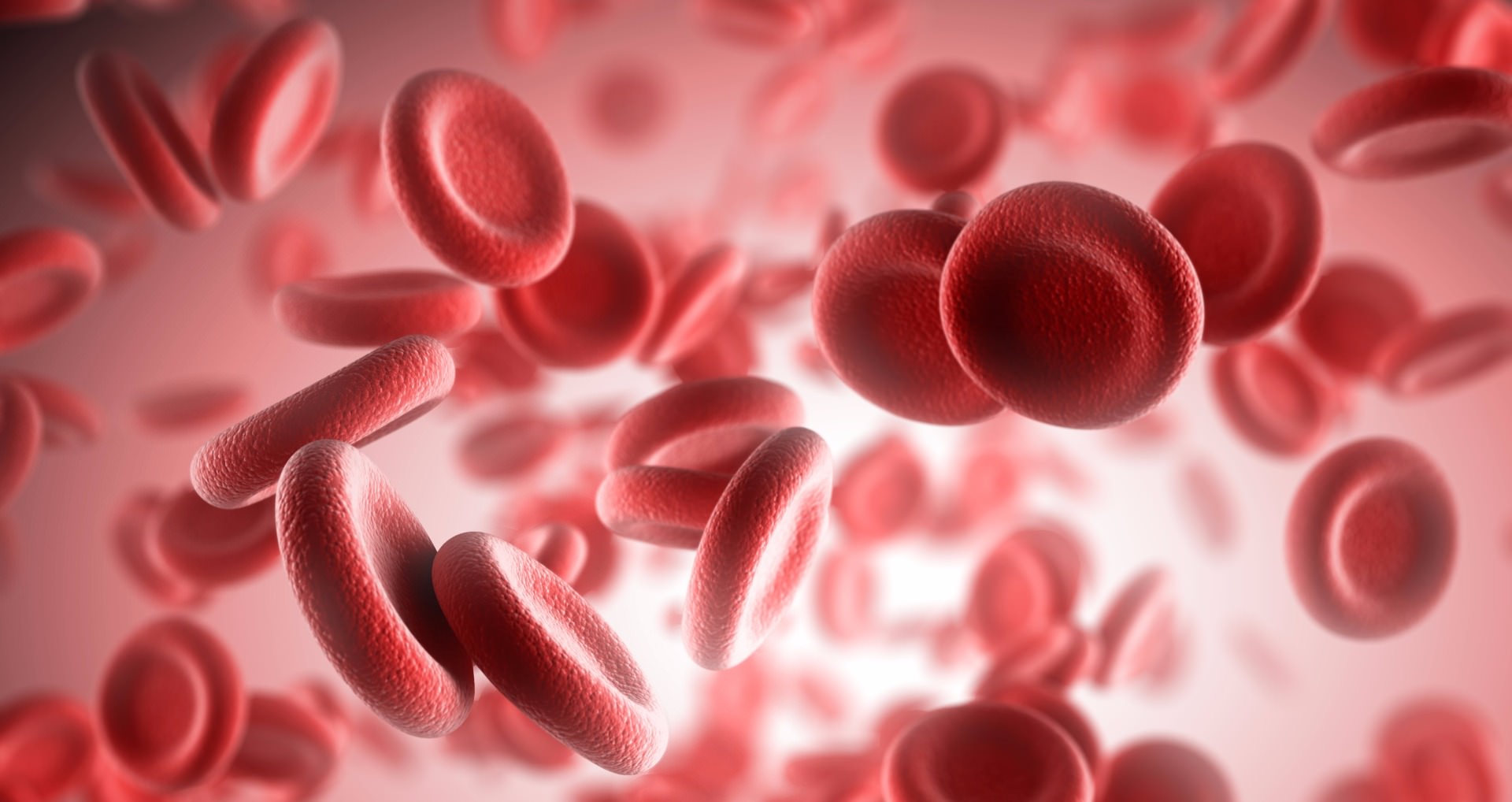

Heavy metal poisoning occurs when your body’s soft tissues absorb too much of a particular metal. The most common metals that the human body can absorb in toxic amounts are mercury, lead, cadmium and arsenic. You might be exposed to high concentrations of these metals from food, air or water pollution, as well as medicine, food containers with improper coating, industrial exposure, or lead-based paint.
Sudden, severe heavy metal exposure can cause nausea, vomiting, diarrhoea, and abdominal pain. Chronic heavy metal exposure over time may cause various symptoms as a result of damage to body organs, and may increase the risk of cancer.
Note that a blood lead level of 5 µg/dL (0.24umol/L) or more is a notifiable condition to the local health department.*

Whole blood metal testing involves analysing the concentration of metals in a sample of whole blood, which includes both plasma (the liquid component of blood) and cellular components (including red blood cells). This type of testing provides an overall assessment of metal levels in the blood, including both the metal ions that are freely circulating in the plasma and those that are contained within blood cells.


